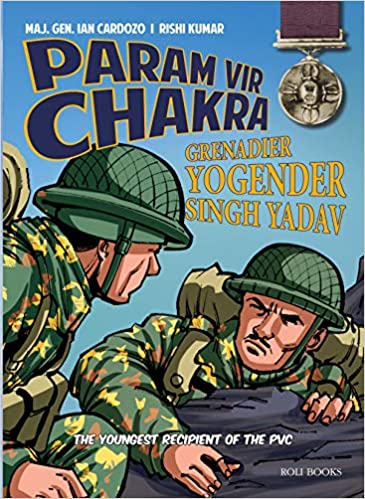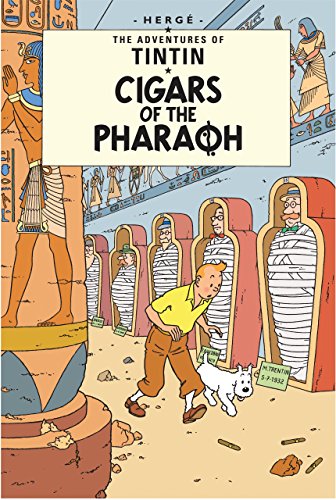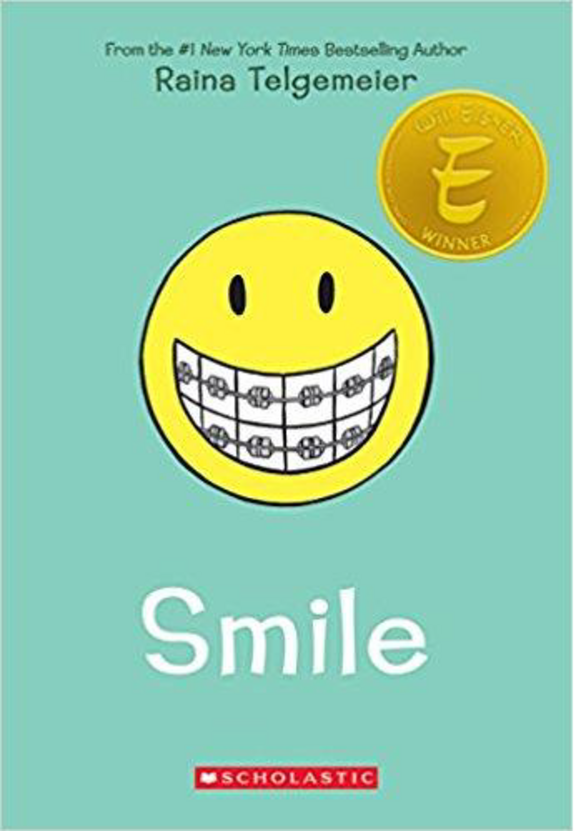Param Vir Chakra: Grenadier Yogender Singh Yadav
- Publisher : Roli Books
- Publishing year : April 2021
- Binding : Paperback
- ISBN : 9788195124848
- Imprint : Rolibooks
- Age Group : Young Reader
- Language : English
The Kargil War of 1999 was fought in one of the most inhospitable battle fields in the world – Dras being one of t ...
The Kargil War of 1999 was fought in one of the most inhospitable battle fields in the world – Dras being one of the coldest habitations known to man due to the ‘wind chill factor’ caused by icy winds that sweep down from the forbidding height of the higher Himalayas. This war was fought from May to July 1999 at heights above 1600 feet across a 200 km trans-Himalayan front at Muskhoh, Dras, Kaksar, Batalik, Yaldor and Turtok, where snow, ice, avalanches and Blizzards, lack of oxygen and minus zero degree temperatures make survival close to impossible. Pakistan violated the Shimla Agreement by encroaching across the Line of Control (LOC) and occupying key locations in the Kargil area in February-March 1999. Her aim was to sever the Srinagar-Leh Highway (NH1A), thereby isolating Kargil and terminating India’s lifeline to Ladakh and the Siachen Glacier. Strangely, an Indian Army general, in a corps war game while playing the part of a Pakistani general, projected a similar plan including the capture of Tiger Hill and Tololing. This, however, was considered improbable because of the terrain and weather conditions. Further, Pakistan was negotiating a peace agreement with India who was not aware that Pakistan ‘While Talking Peace’ was pushing her troops across the LOC. This is just one more incident to prove that Pakistan can never be trusted! 23 Indian Army officers and jawans were killed in this war and 54 officers and 629 jawans were wounded – many of them disabled for life. The Kargil sector has huge unheld gaps, each extending between 10 to 35 km. Because of the inaccessible ground conditions, both India and Pakistan used to maintain posts only in summer from where they launched patrols to ensure against intrusion and withdraw in winter when heavy snow, avalanches and blizzards make survival extremely difficult. The Pakistan army having occupied the commanding height held the ‘Upper hand’ and felt invincible but failed to reckon with the courage of the Indian soldiers led by their brave officers. The close coordination between the Indian Army and the Air Force paved the way to impossible victories. Faced with an impending defeat, the Pakistani prime minister, Nawaz Sharif raced across to the US, to beseech Bill Clinton to intervene and stop a war that they had themselves initiated. But it was too late, because by that time the war had already been won and Pakistan had nothing to show for her efforts except an abject and humiliating defeat. It was during this war that a brave, young soldier from 18 Grenadier, Yogender Singh Yadav was awarded the Param Vir Chakra – for courage beyond the call of duty.
na
na


.jpeg)
.jpeg)







